Curry Powder Unraveled: The Spicy Secret Behind Your Favorite Dishes
Description
Welcome to the ultimate guide on curry powder! Whether you're a spice enthusiast or a curious foodie, this article will demystify what is curry powder, where it comes from, and how to use it like a pro. With easy-to-follow tips, flavor comparisons, and vibrant visuals, we'll take you on a flavorful journey through one of the world's most beloved spice blends.
Table of Contents
- What Is Curry Powder Anyway?
- A Dash of History: Where Did Curry Powder Come From?
- The Spice Squad: What’s Inside Curry Powder?
- Curry Across Continents: Different Types Around the World
- 5 Essential Tips for Using Curry Powder Like a Chef
- From Kitchen to Plate: Recipes That Shine with Curry Powder
- To Buy or DIY? How to Choose the Best Curry Powder
- Conclusion
What Is Curry Powder Anyway?
If you’ve ever looked at a jar of curry powder and wondered, “Wait, what exactly IS this?” — you’re not alone.
Curry powder isn’t just one spice. It’s a magical mix of several spices that varies depending on region, brand, and tradition. While there’s no single official recipe, most curry powders include a base of turmeric, cumin, coriander, ginger, garlic powder, chili, mustard seeds, and fenugreek.
The word "curry" itself came from the British interpretation of Tamil word kari, meaning sauce or relish. But the powder? That was more of a colonial invention — something they could package and bring back home.
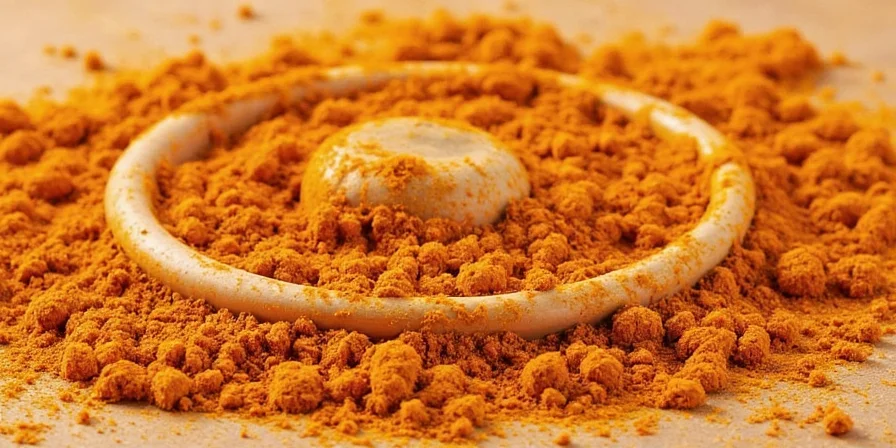
A Dash of History: Where Did Curry Powder Come From?
Curry powder as we know it today was largely created to mimic Indian dishes back in 18th-century Britain. Indians didn't really have “one-size-fits-all” spice blends; instead, they crafted fresh masalas daily based on regional ingredients and family recipes.
But when British colonizers brought their taste buds back home, they wanted an easy way to recreate those flavors without grinding a dozen spices every night. So, they started blending pre-made mixes — which eventually evolved into the commercial curry powders sold globally today.
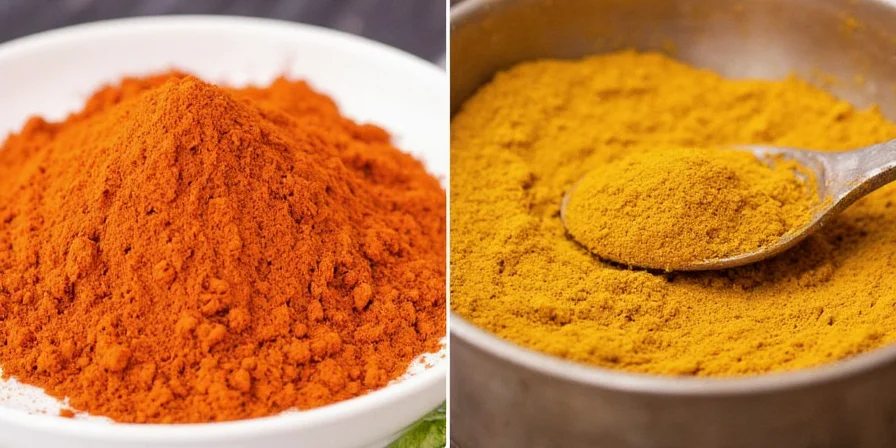
The Spice Squad: What’s Inside Curry Powder?
Think of curry powder like a boy band — each member has its own vibe, but together they make magic happen. Here’s who’s usually in the lineup:
- Turmeric – Adds color (golden yellow), earthy warmth, and anti-inflammatory benefits.
- Cumin – Smoky and nutty, it gives depth.
- Coriander – Slightly citrusy and floral.
- Ginger – Brightens the whole blend with zesty heat.
- Fenugreek – Sweet and maple-like, used sparingly.
- Chili Powder – Brings the heat!
- Garlic & Mustard Seeds – Optional additions for extra kick.
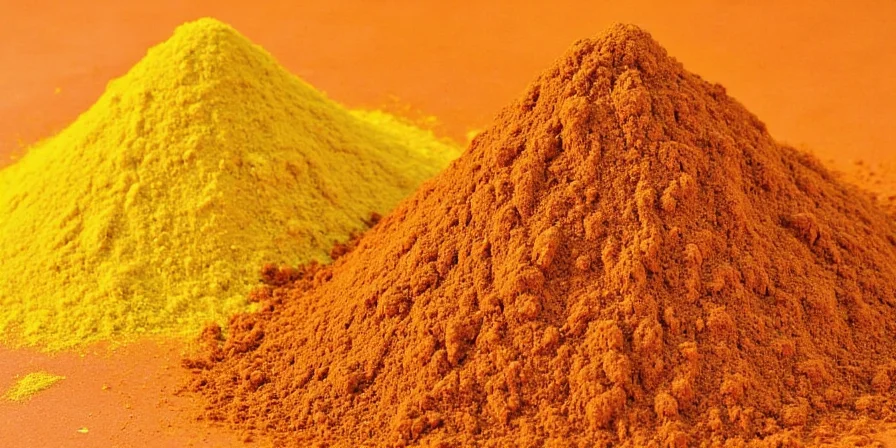
| Spice | Flavor Profile | Key Use in Curry Powder |
|---|---|---|
| Turmeric | Earthy, warm | Color & mild bitterness |
| Cumin | Nutty, smoky | Base aroma |
| Coriander | Sweet, citrusy | Balancing note |
| Ginger | Peppery, bright | Lifts overall flavor |
| Fenugreek | Syrupy, nutty | Backnote sweetness |
| Chili | Hot, spicy | Heat control |
Curry Across Continents: Different Types Around the World
One size does NOT fit all when it comes to curry powder. Each region puts its own spin on the classic formula:
- Indian Curry Powders: Regional variations exist even within India. South Indian blends might be spicier and coconut-based, while North Indian versions lean heavier on garam masala and creaminess.
- Japanese Curry Powder: Mild and slightly sweet, used in Japanese kare rice. Often includes apple or honey notes.
- Thai Curry Pastes: Technically not a powder, but often labeled under “curry.” These pastes are fresh, bold, and made with lemongrass, galangal, and kaffir lime leaves.
- British Curry Powder: Typically mild and sweet, designed for comfort foods like chicken tikka masala.
- Caribbean Curry Powders: Often fiery and robust, sometimes including annatto for color and earthy punch.
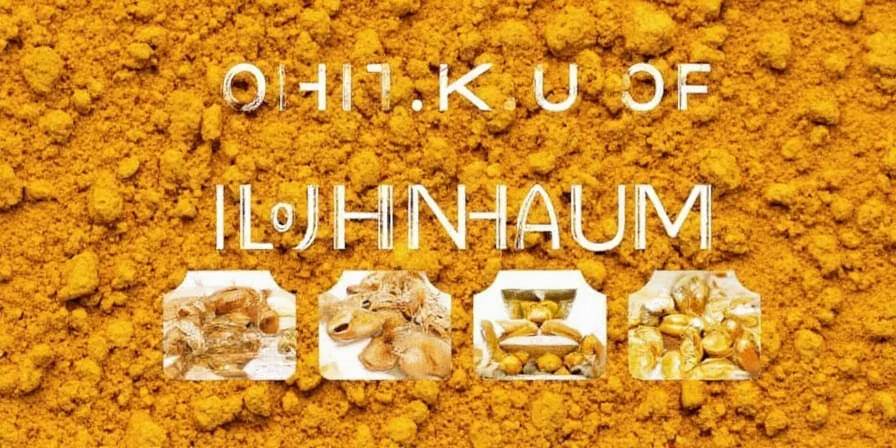
5 Essential Tips for Using Curry Powder Like a Chef
- Toast It First! Heat releases the volatile oils. Toast your curry powder gently in oil before adding liquids. This unlocks deeper, richer flavor.
- Don’t Overdo It Remember, it’s a supporting actor, not the star. Start with small amounts and adjust to taste.
- Pair It With Yogurt or Coconut Milk These ingredients balance the spice and let the flavors bloom.
- Add Fresh Herbs for Contrast Cilantro or Thai basil can add a refreshing finish to heavy curries.
- Use It Outside of Curries! Sprinkle over roasted veggies, scrambled eggs, or popcorn for an instant flavor boost.
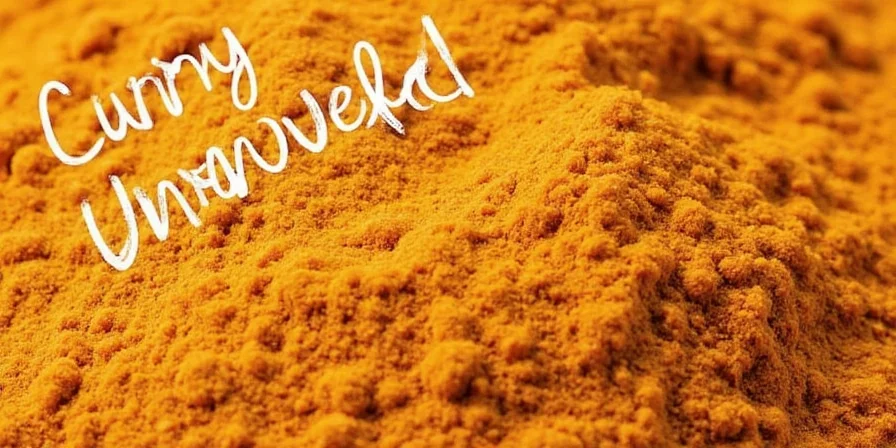
From Kitchen to Plate: Recipes That Shine with Curry Powder
Ready to get cooking? Try these three simple, delicious ways to put curry powder to work:
1. Quick Chickpea Curry
- Ingredients: canned chickpeas, onion, garlic, tomatoes, spinach, curry powder, coconut milk
- Instructions: Sauté onions, garlic, and curry powder. Add tomatoes and simmer. Toss in chickpeas and coconut milk, then stir in fresh spinach.
2. Curry Roasted Cauliflower
- Ingredients: cauliflower, olive oil, curry powder, salt, pepper
- Instructions: Toss florets with oil and spices. Roast at 400°F (200°C) until golden and crispy.
3. Thai-Inspired Salmon Curry
- Ingredients: salmon fillet, red curry paste (or powder), coconut milk, fish sauce, lime
- Instructions: Simmer curry paste and coconut milk. Poach salmon in the mixture. Finish with lime juice and cilantro.
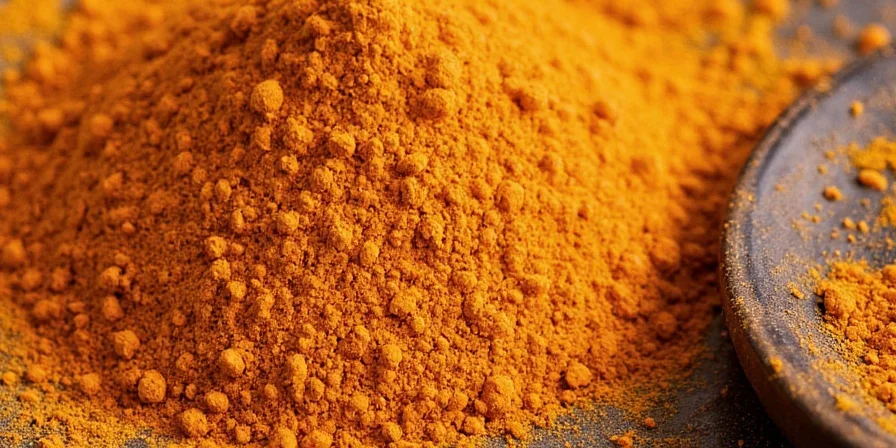
To Buy or DIY? How to Choose the Best Curry Powder
Want to customize your flavor experience? Making your own curry powder is easier than you think — and it lets you tweak the heat level, salt content, and freshness to your heart’s desire.
DIY Curry Powder Recipe
- 1 tbsp ground turmeric
- 1 tbsp ground cumin
- 1 tbsp coriander powder
- 1 tsp ginger powder
- ½ tsp chili powder (adjust to taste)
- ½ tsp fenugreek (optional)
Mix well and store in an airtight container. Shake before use!
If you prefer store-bought:
- Look for whole-spice-ground options – fresher and more aromatic.
- Avoid salted versions – unless specified in your recipe.
- Smell test – if it smells musty or dull, it’s probably old.
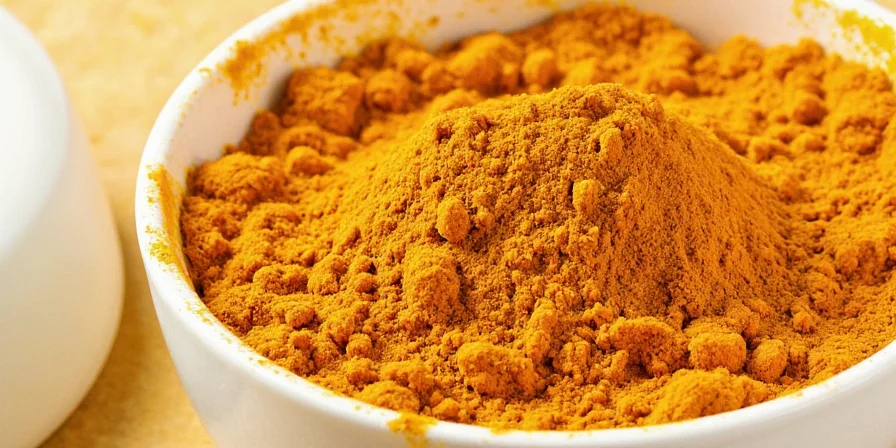
Conclusion
So, what is curry powder? It’s not just a spice — it’s a passport to global cuisine. From humble beginnings as a colonial convenience to becoming a kitchen staple across the world, curry powder is proof that sometimes the best flavors come from a little bit of fusion.
Whether you're buying it off the shelf or mixing your own signature blend, remember: curry powder is about creativity, not rules. So go ahead, sprinkle it, toast it, roast it — and above all… enjoy it!
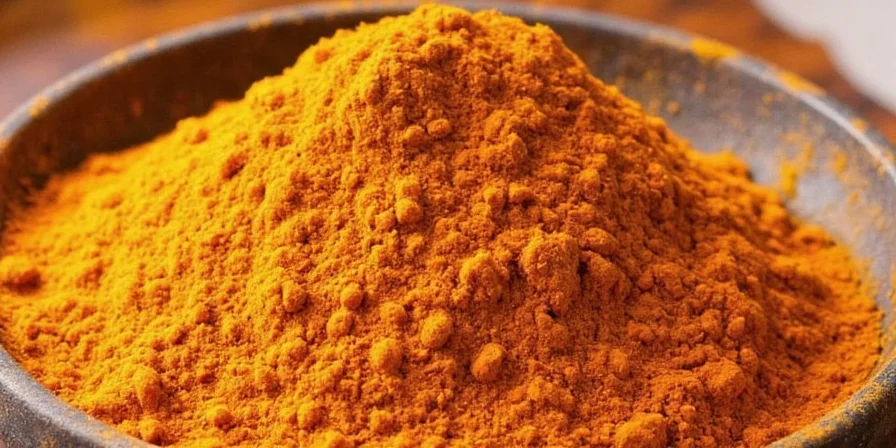

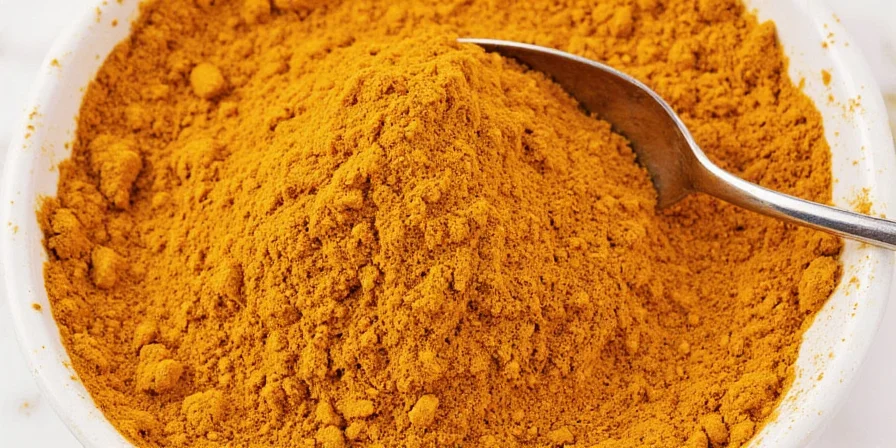









 浙公网安备
33010002000092号
浙公网安备
33010002000092号 浙B2-20120091-4
浙B2-20120091-4